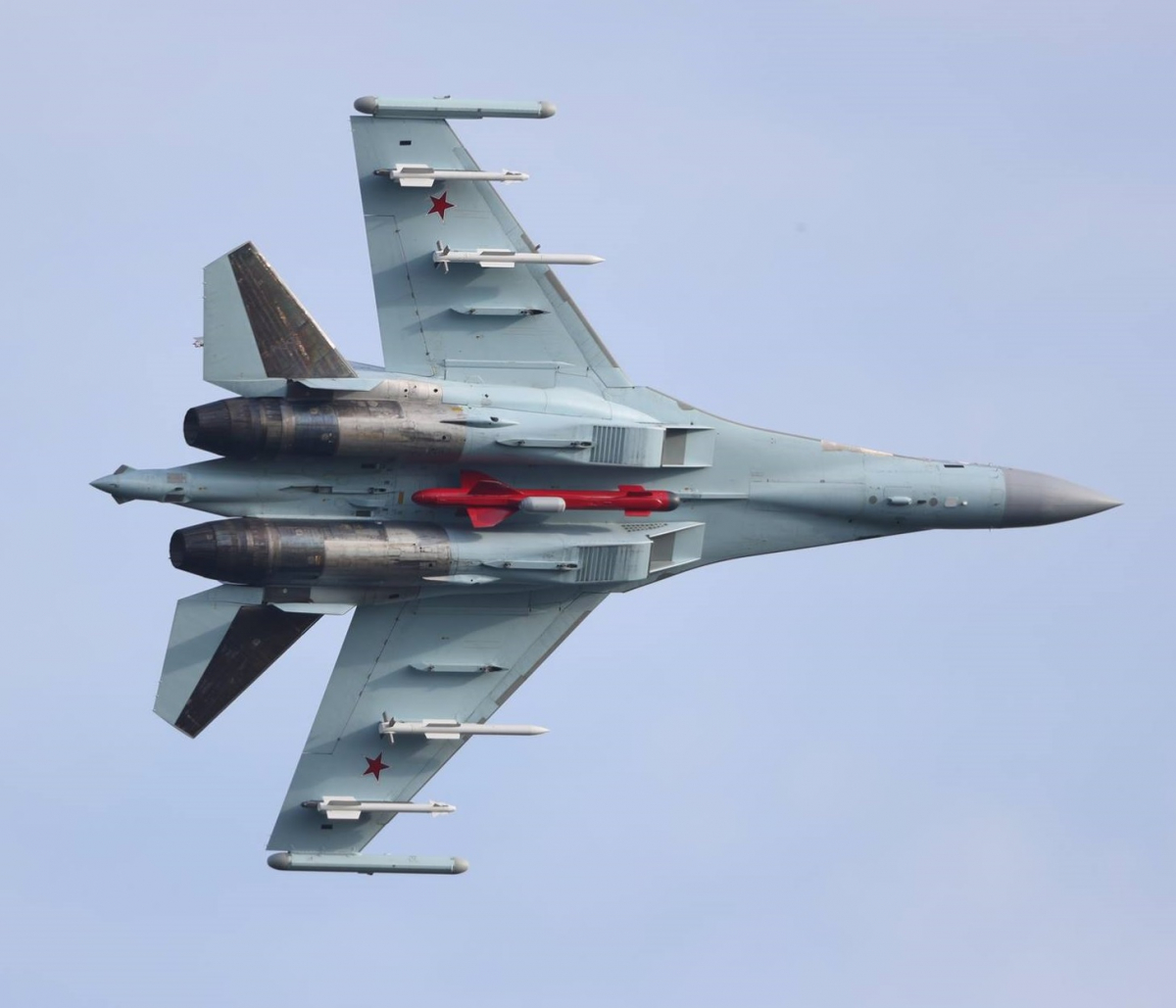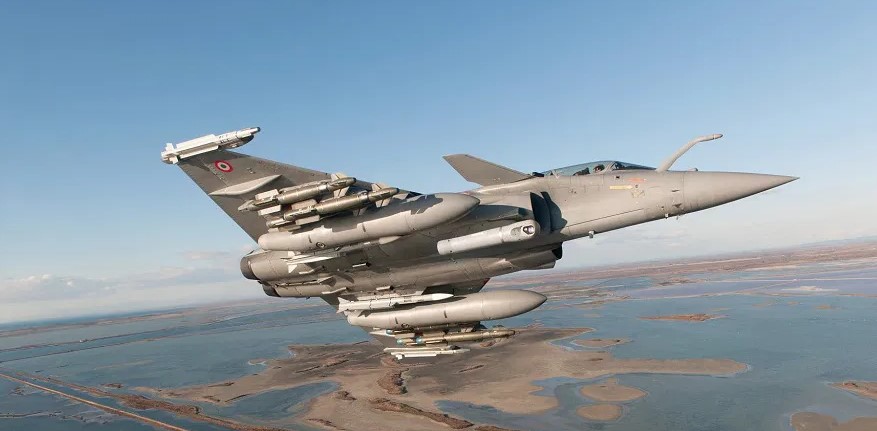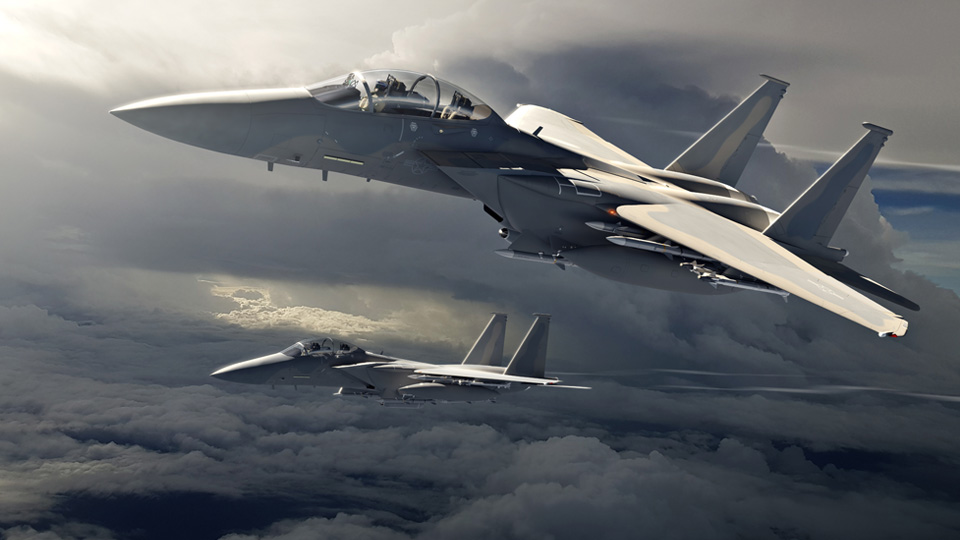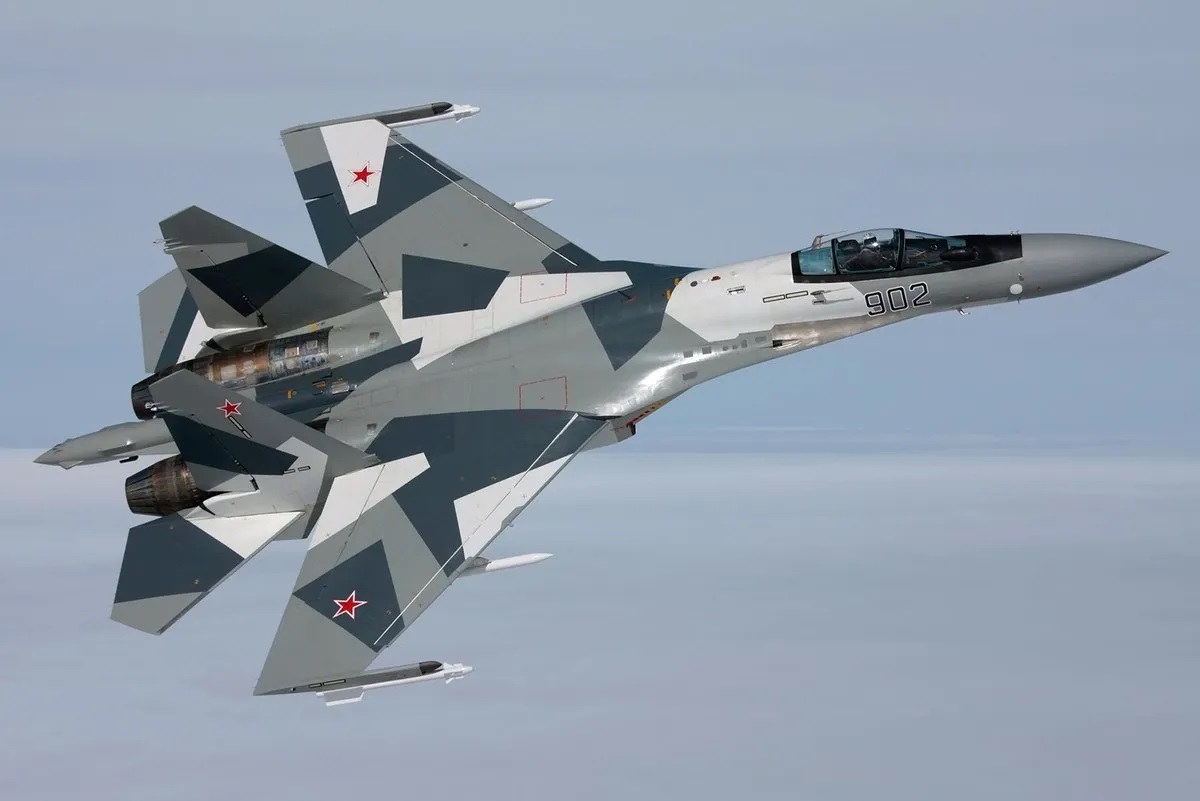After years of negotiation and the signing of an agreement for 11 Su-35 Flanker E aircraft in 2016, Indonesia gave up on the Russian aircraft in favor of a final competition between Boeing's F-15 EX and Dassault Aviation's Rafale.
An initial choice in favor of the Sukhoi Su-35
Indonesia has a fleet of fighter jets consisting of both F-16C/Ds nearing the end of their lives, and Sukhoi Su-27/30s delivered between 2009 and 2014. In order to face the growing tensions with China over the possession of islets in the China Sea and to avoid the humiliation represented by the arrival of uncontrolled Australian troops in Timor within the framework of the UN, the country wishes to accelerate the renewal of its F-16 fleet and is initiating from 2011 two complementary projects:
- the purchase of the South Korean T-50 advanced training fighter in 2011, before giving up in 2015 following the crash of a copy of the aircraft during a meeting,
- the purchase of the Eurofighter, with the creation of an advanced local assembly line in 2011, before giving up and limiting itself to discussions for the simple purchase of the Austrian second-hand fleet, a project today officially still in progress...
After lengthy discussions, Indonesia finally announced in 2016 that the country would buy the Sukhoi Su-35 Flanker-E, the latest evolution of the aircraft, the most powerful and modern offered by Russia for export. Only negotiations on the cost of the acquisition continue until the final signing of an agreement in 2018 for the acquisition of 11 aircraft for an amount of 1.14 billion dollars. The number of aircraft mentioned is surprising, with two or three squadrons of 12 to 18 aircraft each initially announced.


The renunciation of Russian aircraft
But for budgetary reasons and in order to avoid American pressure weighing on countries purchasing equipment from a list of countries that are listed as enemies of the US, Indonesia has just officially renounced the Su-35. The CATSAA (Countering America's Adversaries Through Sanctions Act) can in fact lead to offending states suffering the wrath of the American authorities, with retaliation mainly economic (such as banning any company from trading with the country) or military (including stopping equipment maintenance). These are the constraints and restrictions that were, for example, imposed on Turkey after its acquisition of Russian S-400 ground-to-air defense systems, preventing the country from acquiring F-35s, maintaining or modernizing its fleet of F-16s, or simply calling on Western suppliers in the development of its domestic fighter project the TF-X.
Other than these constraints, the Su-35 has also been conspicuous by its difficulties since the partnership was signed in 2016. Only 5 aircraft have officially been delivered to Egypt, while 22 aircraft should have already joined the Egyptian fleet in 2020, with some of the other aircraft produced for the country still grounded in the parking lot of the Sukhoi assembly plant near Moscow. Worse, in the exercises pitting the Su-35 against the Rafale in Egypt, the Rafale reportedly managed to jam the Sukhoi's PESA radar to the point of turning it off, forcing the Su-35 to land...
The Rafale and F-15EX in the final
With the F-35 option dropped due to cost concerns, the only two aircraft now competing are Dassault's Rafale and Boeing's F-15EX Eagle 2. Each aircraft has the financial backing of a Gulf partner, Qatar in favor of the F-15, the Emirates (UAE) in favor of the Rafale.
Despite the signing of a military cooperation agreement between French Armed Forces Minister Florence Parly and her Indonesian counterpart Prabowo Subianto on June 28, 2021, the U.S. aircraft is said to have regained the advantage, particularly with its ability to begin aircraft deliveries as early as 2027, while Dassault's assembly lines seem more constrained if it were to replace part of the country's fleet quickly and massively. Eventually, more than 100 fighters are expected to replace the country's entire fleet, with 180 aircraft being mentioned, even though this figure seems unattainable today. This wish of the army is nevertheless coherent if we consider the situation of the country: it is the 4th most populated in the world with 276 million inhabitants spread over more than 17,000 islands, with a GDP per capita multiplied by 4 in 20 years.




Découvrez cet article sur Air&Cosmos

